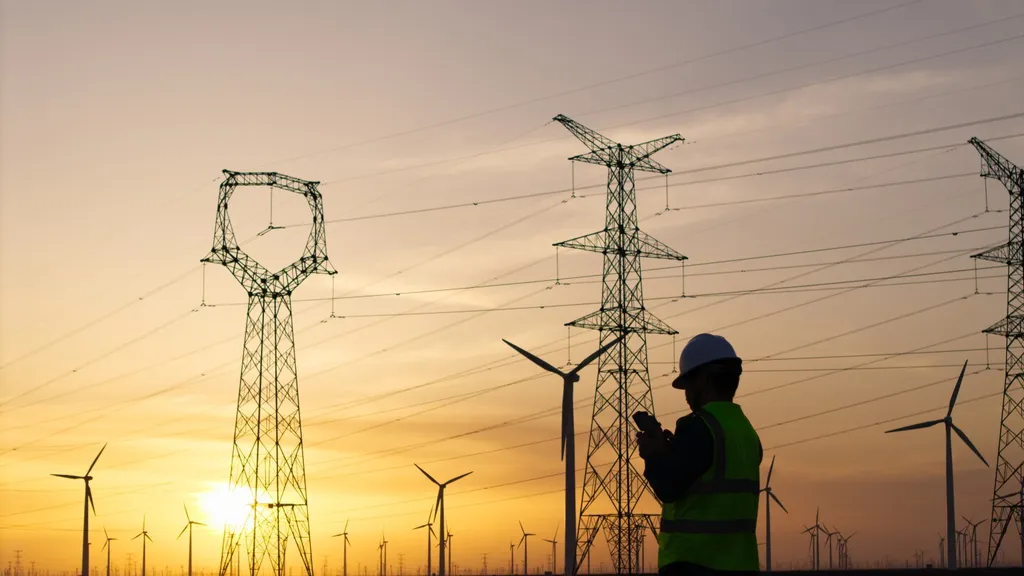Ardian’s recent $20 billion fundraise for its infrastructure platform signals a significant shift in the global investment landscape, with profound implications for the energy, transport, and digital infrastructure sectors. The French private investment firm’s ability to attract such substantial capital, particularly from international investors, underscores the growing appeal of European infrastructure as an asset class, even amidst global economic uncertainty.
The scale of Ardian’s Infrastructure Fund VI (AIF VI), which is 90% larger than its predecessor, highlights the increasing investor appetite for essential and capital-intensive assets. This trend is not isolated to Ardian. Guinness Global Investors’ recent launch of a real assets fund and BNP Paribas Asset Management’s BNP Paribas Europe Strategic Autonomy fund indicate a broader industry movement towards infrastructure investment. These developments suggest that investors are seeking stable, long-term returns in sectors that are less susceptible to market volatility.
The surge in interest from US and Asian investors is particularly noteworthy. US investors more than doubled their commitments, while Asian investors accounted for 32% of the capital raised. This cross-border investment flow could catalyze further integration and cooperation between European infrastructure projects and global capital markets. It also reflects a strategic pivot by international investors towards Europe, driven by the continent’s focus on energy transition, digital transformation, and transport modernization.
Ardian’s focus on energy, transport, and digital infrastructure aligns with Europe’s strategic priorities, including the European Green Deal and the Digital Europe Programme. The fund’s success could accelerate investments in these critical areas, fostering innovation and enhancing Europe’s competitiveness on the global stage. However, it also raises questions about the potential for overconcentration in these sectors and the need for careful regulatory oversight to ensure balanced growth.
The growing interest in European infrastructure from non-European investors also has geopolitical implications. As Europe seeks to strengthen its strategic autonomy, particularly in light of rising geopolitical tensions, the influx of capital from the US and Asia could help Europe achieve its goals while fostering international collaboration. However, it also underscores the need for Europe to maintain a delicate balance between openness to foreign investment and safeguarding its strategic interests.
In conclusion, Ardian’s $20 billion fundraise is a bellwether for the infrastructure investment sector. It reflects a broader trend of capital flowing towards stable, long-term assets in critical sectors. The implications are far-reaching, from accelerating Europe’s green and digital transitions to reshaping global investment patterns. As more investors turn their attention to infrastructure, the sector is poised for significant growth, but it will also face new challenges and responsibilities in ensuring sustainable and equitable development.

